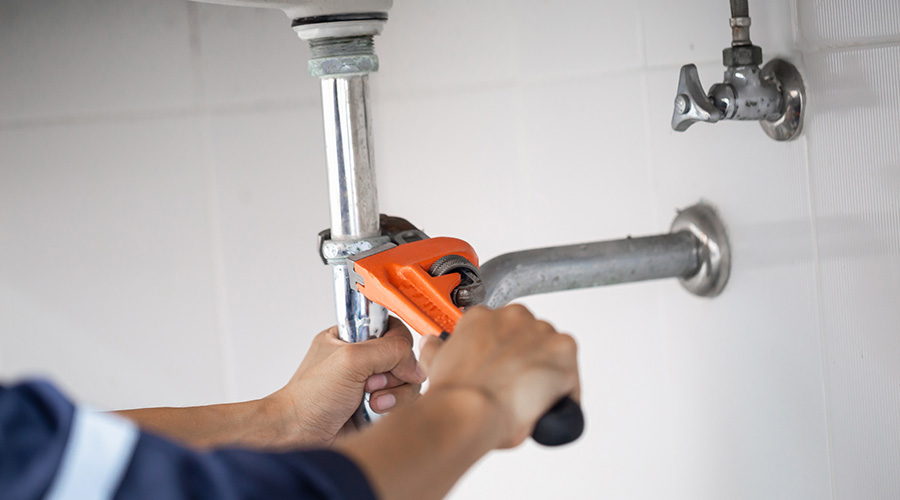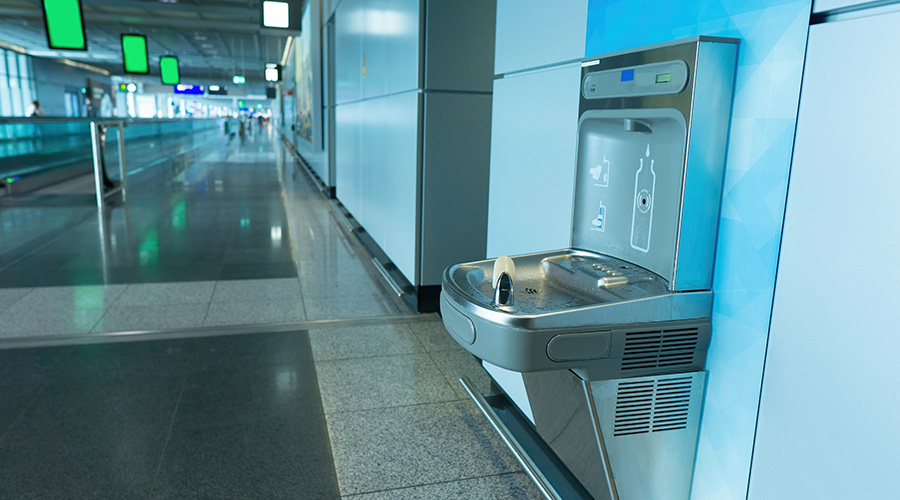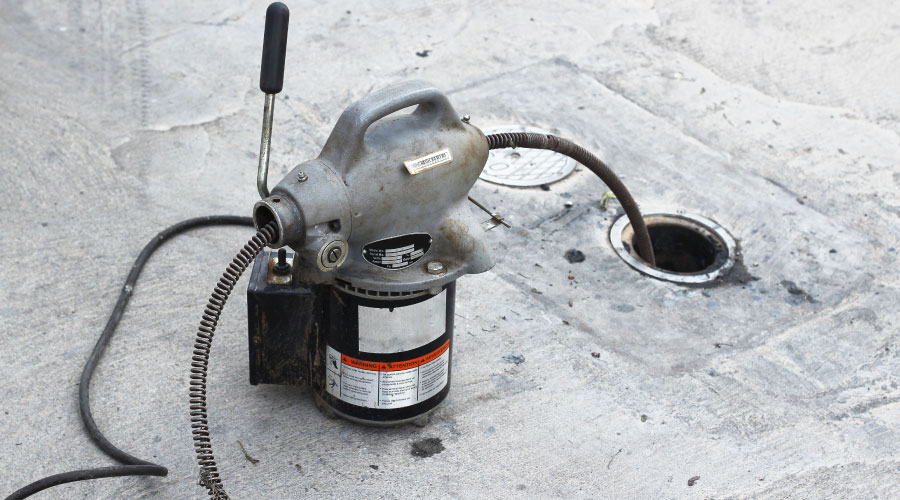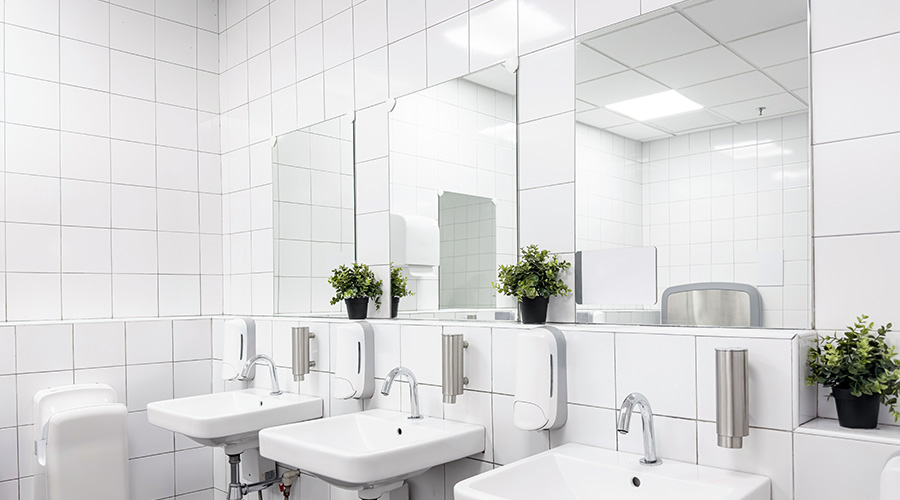Minimizing Restroom Maintenance
It is absolutely essential to look beyond first costs when implementing a restroom project. Given the long life of most restrooms, operational considerations such as maintenance costs, cleaning costs, and energy and water use are far more important than first costs. Successful designs minimize maintenance time and costs, reduce product use and restocking requirements, and cut water and energy requirements.
One of the most significant improvements that helps accomplish all of these design goals is the touchless control. Touchless controls eliminate the need for physical contact with the surfaces of flush valves, faucets, dispensers and dryers. They also reduce costs for water, electricity, supplies and maintenance.
Lighting systems are also an opportunity for energy savings. Most are designed to provide adequate lighting levels while using approximately two watts per square foot. Most systems are either wired permanently on or use a manual on/off switch.
In typical applications, restrooms are occupied less than 10 percent of the time. With lighting systems operating 24 hours per day, seven days per week, 90 percent or more of the lighting energy use in that restroom is wasted. Occupancy sensors can reduce lighting energy use by nearly 90 percent. To prevent having the lights accidentally turned off while the restroom is occupied, a single, small fixture can be permanently wired on.
Over the life of a restroom, the cost of cleaning far exceeds original construction cost, so all restroom designs should reduce ongoing cleaning needs. Start by considering the level of cleaning service required to match the level of use for the facility. Factor in all elements of the restroom, from the floor to the walls, from the fixtures to finishes. In every step of the planning and design process, consider the impact that the options being evaluated have on cleaning requirements. Even relatively minor changes can have a significant impact. For example, using light colored surfaces instead of dark ones can reduce the frequency with which those surfaces must be cleaned.
Don’t overlook including custodial closets within each restroom or cluster of restrooms. Requiring custodians to haul cleaning equipment and supplies to restrooms increases the time required to perform cleaning tasks and increases the chances of an accidental spill of chemicals on corridor carpet and tile.
Each custodial closet should have mop sinks and floor drains to ease cleaning tasks and contain potential spills. In addition, all custodial closets should include sufficient storage space for supplies. Don’t forget the floor drain in the restroom itself.
A common complaint from maintenance personnel responsible for restrooms is a lack of isolation valves on plumbing devices. As a result, they frequently have to take an entire restroom out of service just to work on a single device. When planning for a restroom upgrade or replacement, require that all plumbing devices have their own isolation valves.
Related Topics:















